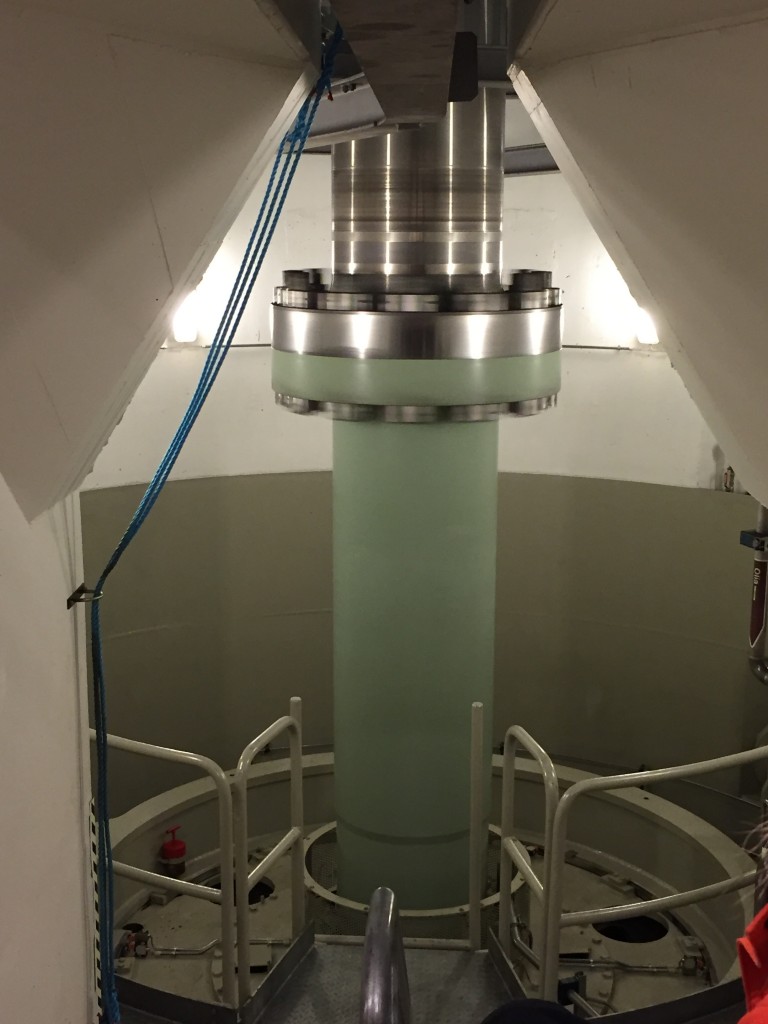
Hydropower is of great debate in Iceland. The government and aluminum are extremely eager to continue expanding hydropower in Iceland. The people and the natural land services of Iceland are largely against it. While the population of Iceland is more than doubly covered by pre existing geothermal plants, a great demand in energy is rising rapidly from aluminum smelters in Iceland and the desire for the government to try to export power to close by european countries. To feed this, the government has supported several hydropower dams across Iceland. However, very quickly the damages dams cause became evident to the Icelandic people. As a people who are very proud of their land and the natural beauty it provides, widespread disapproval of dams quickly spread. The debate between the people, the government, and the aluminum industry still goes on today. Despite plans for new hydropower plants being consistently pushed, the Icelandic people continue to oppose their construction and fight for the protection of their landscape.
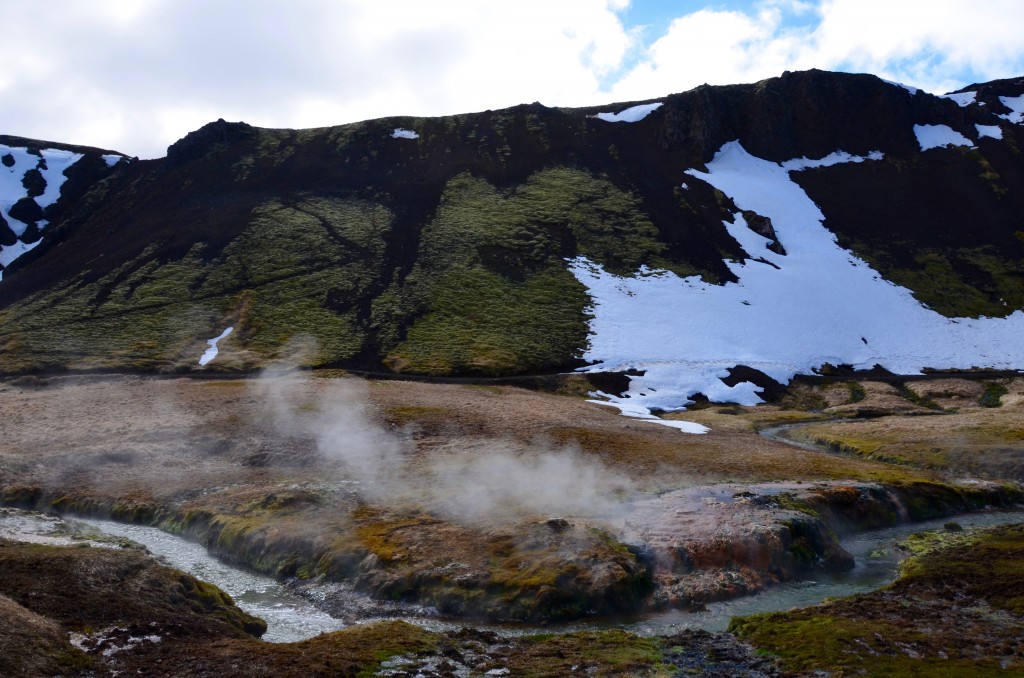
Geothermal power is one of the ways Iceland gets its many forms of energy whether it be heat or electricity. It’s a great source if practiced carefully and if you are in the right location. Iceland is located above two continental plates that, in turn, have created a number of volcanoes. Geothermal power is possible because we have found a way to tap into hot rock, sometimes magma, below the surface of the earth and harness the heat to spin turbines that produce energy. There are speculations about what the best practices are in terms of harming the environment, but the benefits of geothermal power are: it’s available 24/7, renewable and recyclable, and emissions are significantly lower than if Iceland were to use coal or oil.
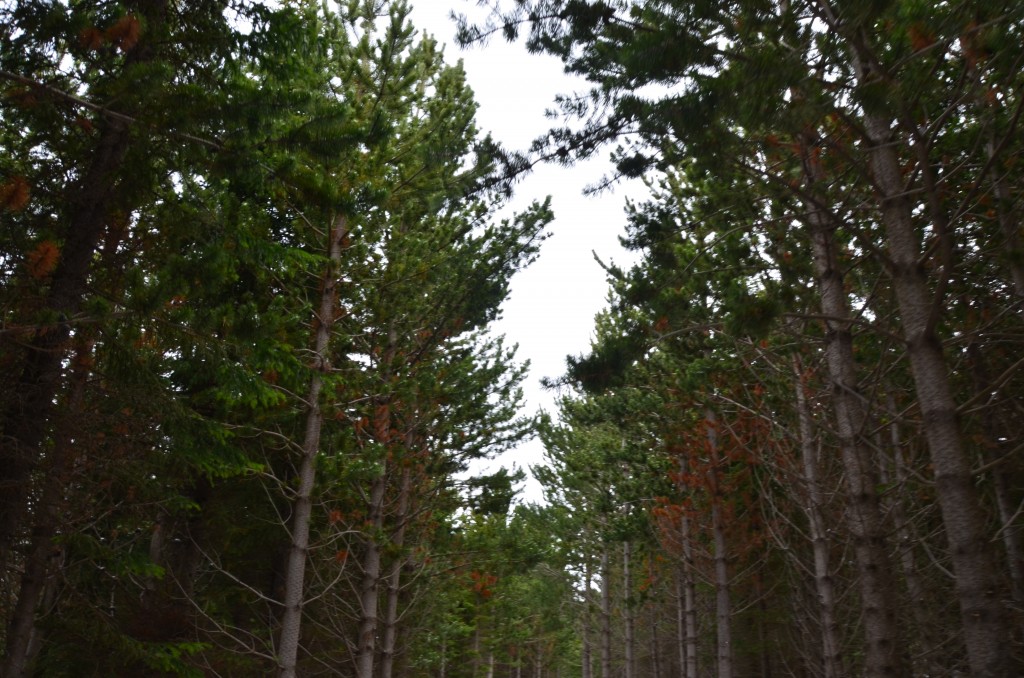
Forestry in Iceland is finally beginning to take serious root again. After being clear cut in the settlement era, the loss of birch stands resulted in severe erosion that would disturb most of the Icelandic landscape. Recently, the realization that trees have a great role to play in preventing erosion has resulted in a rise of planting trees not only by organizations but by regular everyday citizens as well. There has also been a great movement to protect the few old growth forests that remain in Iceland today.
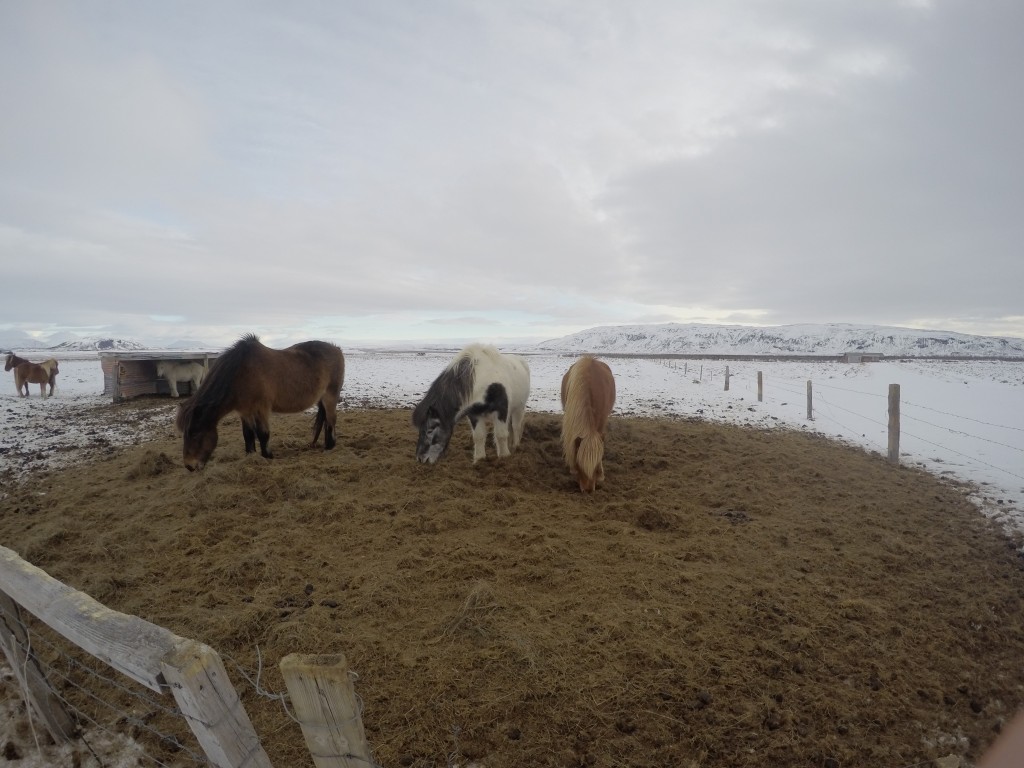
Livestock has always been of importance and pride in Iceland. This is particularly true with the pure Icelandic breeds such as the horse and the sheep. However overgrazing by livestock has lead to a series of problems with the environment, particularly with the soil. The biggest issues are erosion due to the lack of root structure to hold the soil in place and the loss of nutrients from the soil. As a result, the soil becomes loose and dries and blows like dust, causing visible damage to fences and buildings in particularly bad areas. Landgræðsla Ríkisins, the soil conservation service of Iceland, is now actively working with farmers to encourage sustainable grazing practices and to help farmers understand how these practices not only benefit the environment but their farmland as well.

Tourism can both be of great aid to preserving a natural landscape and of great harm. Often, encouraging tourism in a place offers the location protection (sometimes governmental protection) from other damaging activities like damming, grazing, or intense lumber practices. However once a place gains popularity it may suffer in other ways: foot traffic degrading the land, the demand of infrastructure (hotels, bathrooms, restaurants, shops, parking lots, ect), and tourists going beyond set parameters for a particular location. These can be tamed to cause less damage. As pictured above in Þingvellir National Park, board walks with gated sides can help effectively reduce foot traffic erosion and keep remaining damage to small designated areas. Gates help prevent unnecessary injury to both people and the landscape.
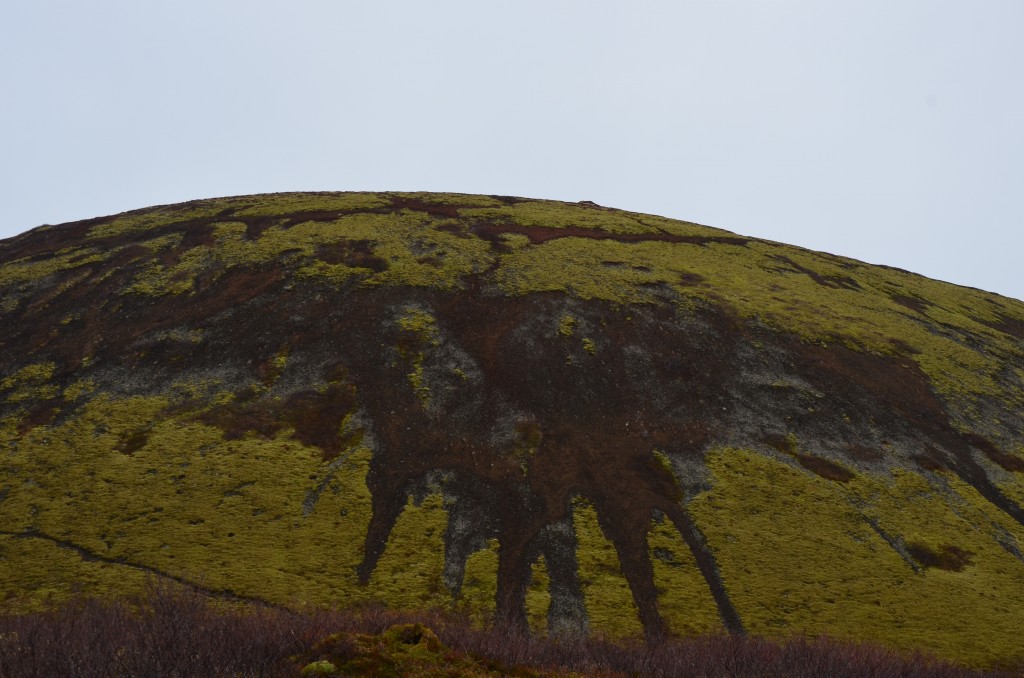
Erosion in Iceland doesn’t seem like it’s policed as could be. Iceland tries to keep designated trails for everyone to enjoy most of the scenery it has to offer. The problem is that people want to “get a better view” and wander off of these trails, and this is detrimental to the environment. Natural erosion (i.e wind, water) we can’t help as much, but if we keep wandering off designated trails to a minimum, we can maintain the land in its most pristine condition possible while, simultaneously enjoy all of its breathtaking scenery.
